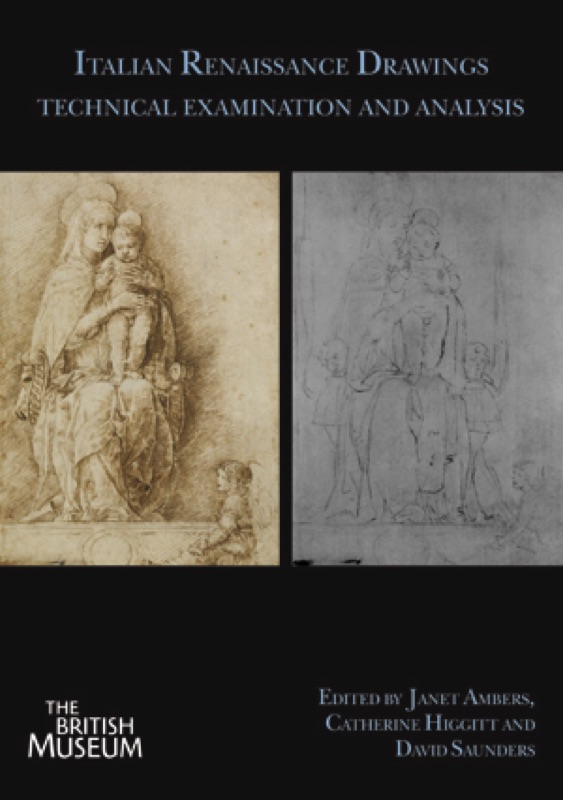The drawings discussed in this book, published in association with the British Museum, were included in the exhibition, Fra Angelico to Leonardo: Italian Renaissance Drawings, held at the British Museum, London and the Uffizi Gallery, Florence in 2010-2011. Technical studies of 47 of the British Museum's finest Italian Renaissance drawings are given based on non-invasive and non-contact examination and analysis. Great emphasis has been placed on how the results from such examination and analysis can be interpreted in a manner that goes beyond simply determining the materials employed by artists, to draw conclusions about their role in the Renaissance workshop and the patterns of use across fifteenth-century Italy.
Foreword
Janet Ambers, Catherine Higgitt and David Saunders
Acknowledgements
Introduction
Hugo Chapman
Methodology
Satoko Tanimoto, Giovanni Verri, Janet Ambers, Jenny Bescoby and Judith Rayner
Drawings in the Renaissance workshop
Catherine Higgitt
Supports and preparations
Jenny Bescoby and Judith Rayner
Dry drawing media
Jenny Bescoby, Judith Rayner and Satoko Tanimoto
Inks and washes
Giovanni Verri, Satoko Tanimoto and Catherine Higgitt
Watercolour, bodycolour and heightening
Satoko Tanimoto and Catherine Higgitt
Revealing stratigraphy
Giovanni Verri and Janet Ambers
Function and collecting of drawings: visual evidence
Jenny Bescoby and Judith Rayner
Appendix 1 Example of a typical pro forma document
Appendix 2 Experimental and methodological details
Appendix 3 Tables
Reviews
This is a truly pioneering publication which...demonstrates the richness and depth of Renaissance drawings; showing them to be every bit as multi-layered and complex as paintings of the period.
The Picture Restorer 38 (Spring 2011) 51-52
Italian Renaissance Drawings: Technical Examination and Analysis is to be recommended to drawing scholars of every stripe as a practical tool in the "mastery" of drawing. Not only does it present new information derived from the visual examination, technical imaging and instrumental analysis of drawings, but, more importantly, it introduces a methodology that already has and, one hopes, will continue to be emulated.
Journal of the Canadian Association for Conservation 37 (201252-54
